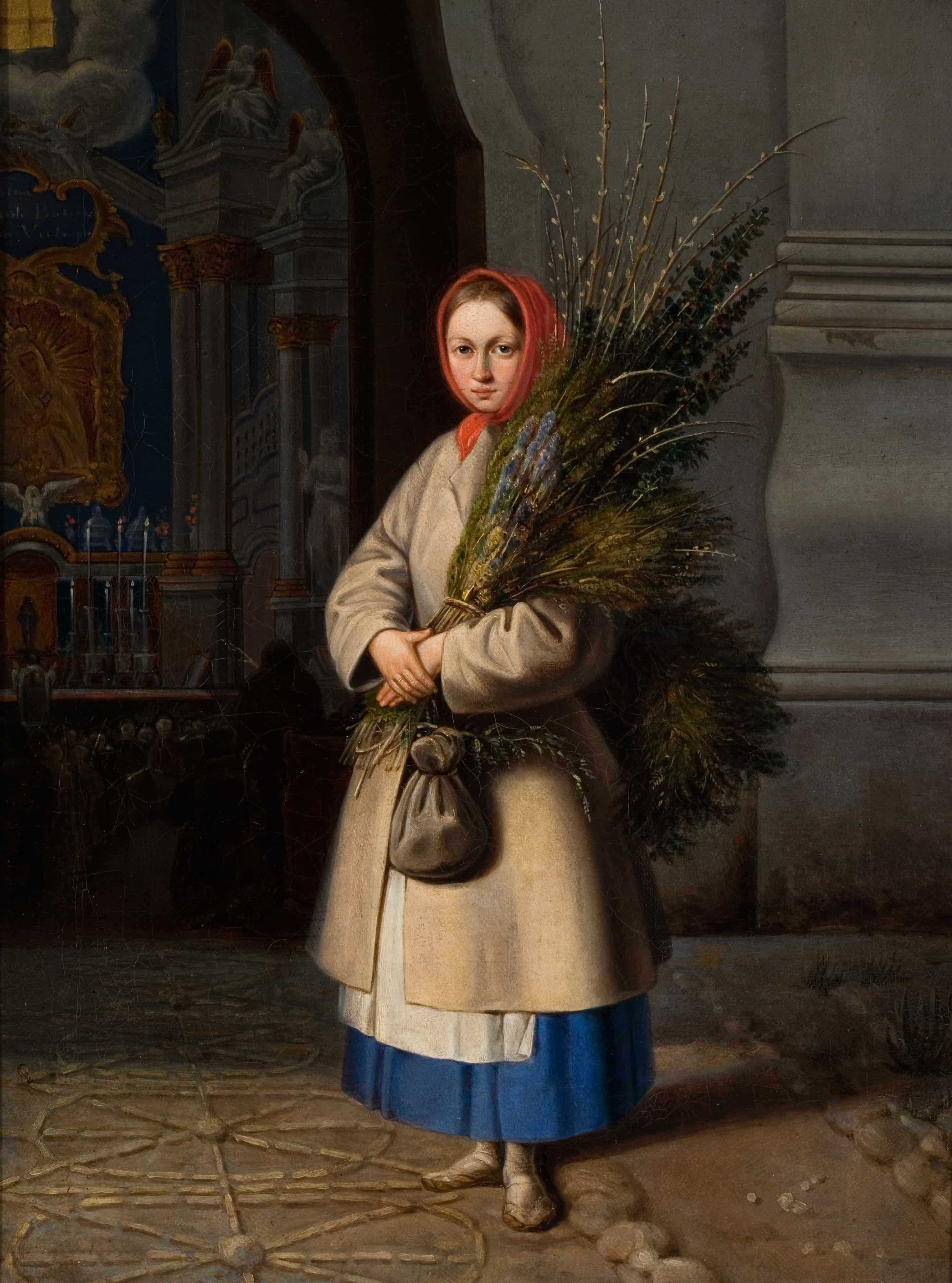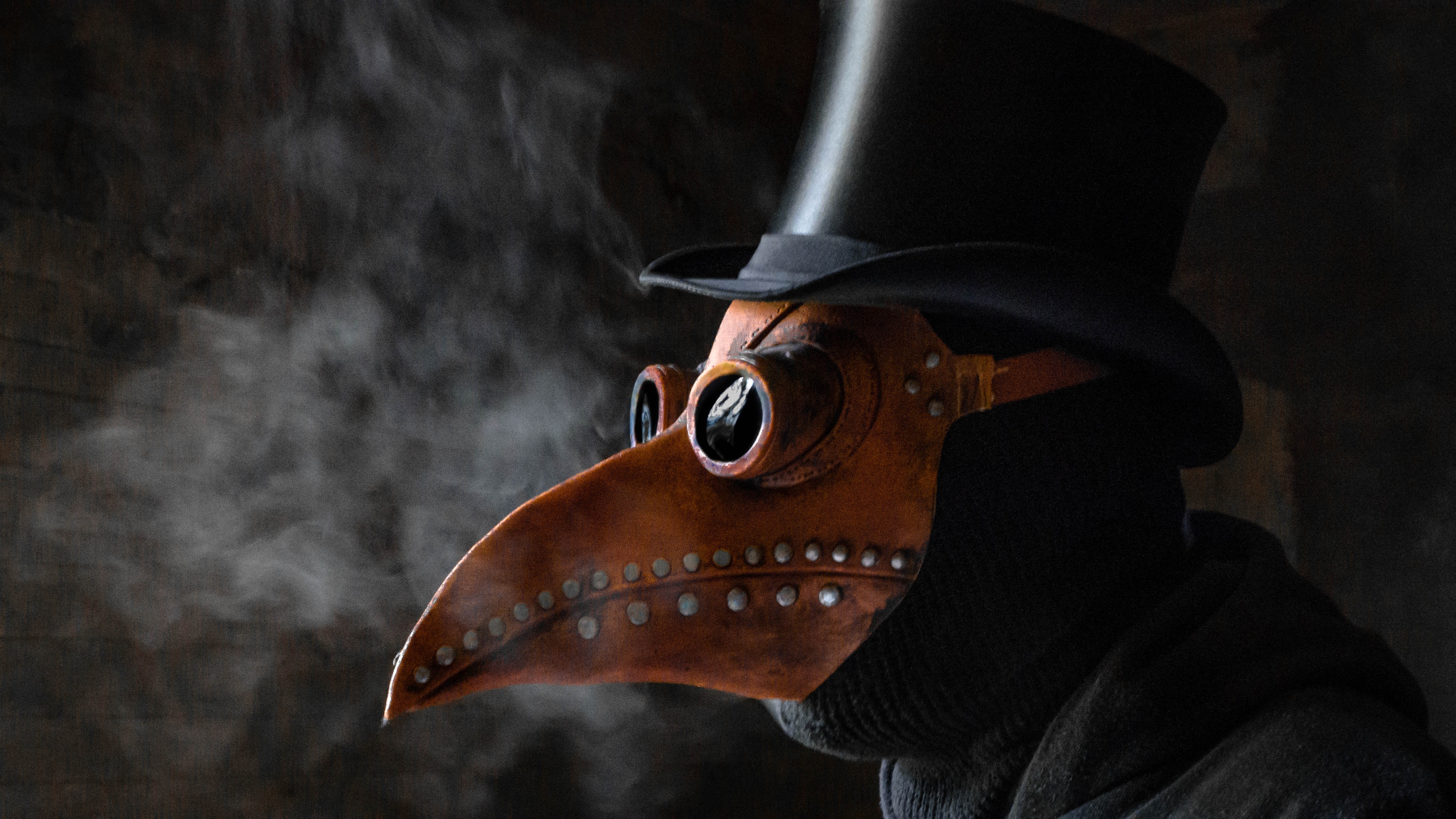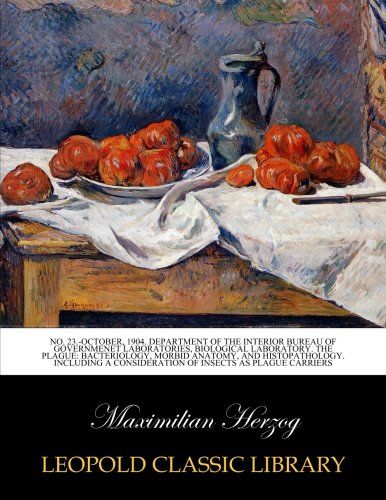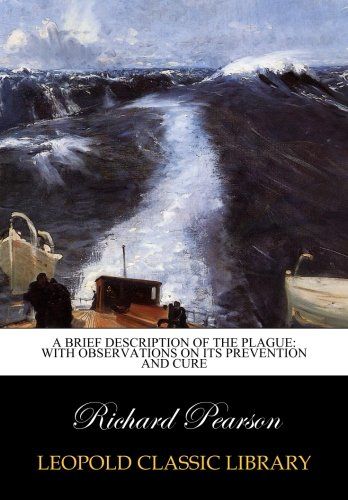The past, present and future of Covid: the answers that are concealed in the books
The Covid pandemic caught us by surprise and changed the life that we were used to. Have you ever thought about what stands behind the global changes? They say the new is the well-forgotten past. Hence, searching for answers about the future, we can drop into the past. Luckily every side of past life has been documented and can easily be exposed.

A little bit of the past times
When disaster finds us, it usually means old methods stop working and new ones need to be taken up. From history we know that before the vaccination era, infectious diseases caused fear in people around the world.
According to American cardiologists Glatter and Finkelman, “During the fourteenth century, the bubonic plague or Black Death killed more than one third of Europe or 25 million people. Those afflicted died quickly and horribly from an unseen menace, spiking high fevers with suppurative buboes (swellings)" (176).
In the 16th and 17th centuries infectious diseases used to spread rapidly in crowded and muddy cities. It was also written that plague transmission used to occur through ingesting contaminated animals (177).
Treasures hidden in the books
1. Maximilian Herzog
Wrote a book where he considered insects as vectors of the plague. His work is also devoted to bacteriology, pathological anatomy and the phenomena of the plague. Epidemics of smallpox, measles and whooping cough broke out and mostly affected children. In 1525 about 8,000 children died of smallpox in India. In 1578 an outbreak of whooping cough occurred in Paris. Data from England from the 16th century indicates that up to 30% of all children would most likely die before the age of 15 from dysentery, scarlet fever, whooping cough, influenza, smallpox, and pneumonia.
Herzog's book is a fascinating read and a treasure trove of historical information and factual knowledge.
2. Daniel Defoe
Daniel Defoe also made a huge contribution to world literature with the work A Journal of the Plague Year. He created a terrible dystopian pamphlet that shocks even modern readers with its cold and ironic objectivity.
Defoe not only provides the numbers of people who were hit by "the black death" in England (hundreds of thousands), but tells a story of a person who survived the plague. It is an approach that works more effectively to shock than just dry facts.
The story told in the book shows the reader an insider's view on the pandemic. The author put forward his most intimate experiences with the plague.
3. Pearson
Those who were still able to survive the virus continued to struggle with the consequences of the disease. Hundreds of doctors continued to search for antidotes and draw up ideas for a mass cure. The English physician Richard Pearson in his work A Brief Description of the Plague: With Observations on Its Prevention and Cure shared his master plan of saving people.
Pearson also described severe depression seen as a frequent consequence of influenza. In 1804, he published "Essays on a plan designed to stop the spread of malignant infection raging on the shores of the Mediterranean Sea."
The book plunges readers into the social upheaval and horror that followed the plague ravaging medieval Europe.
The New World Order
The importance of antibodies in fighting infectious diseases is illustrated by the historical example of Christopher Columbus, who landed in American territory in 1492 with his crew and infected American aborigines with European diseases.
They easily got infected after contact with European guests because of not having natural immunity against smallpox, measles, whooping cough, plague, typhoid, and malaria. It is estimated that 80-95 percent of the indigenous population died within 150 years. Pandemic has affected not only people but 200 species of Mammals worldwide (Goldberg et al.).
Digging deeper and deeper and turning page by page we can come to some tips and instructions. If books give us knowledge and the vast size of other's experiences, how can we manage to ignore them?
For over the past two millennia the population has experienced more than one attack. Pandemics, such as the plague of the fourteenth century, cholera in the nineteenth century, and the Spanish plague of 1918-1920 led to massive demographic losses and tragedies (Billings). Although each of them took away many talented individuals, at the same time it revived those who stay in history. We can learn about both cases from the books.
The origins of the illnesses and the first methods of dealing
Books have always served as a "cure" for both mental and mental illnesses. For example, let's talk about Hippocrates, who is associated in our minds with the doctor's oath. He is called the "father of medicine" because he managed to put it on a scientific basis.
He wrote many scientific works, including "On Air, Water, and Personality," "Epidemic" and others. It is from his writings we learn about the development of ancient medicine, which absorbed the wisdom and practice of many centuries.
One day Hippocrates arrived in Athens, where at that time a severe plague had broken out. He carried out several medical measures which saved the city from a large number of deaths. What did he do to stop the spreading disease? Nothing too sophisticated.
To fight the plague, Hippocrates used fire and water. He asked to collect all the corpses, which, by that time, were everywhere throughout the city, and burnt them. He ordered the citizens to air the rooms all the time, and use only boiled water for drinking and cooking.

The famous doctor Ibn Sina, who was known in Europe as Avicenna, at the age of 18 decided to become a scientist. One day he found himself in a town where a terrible disease was raging at full blast.
Visiting the house of the famous scientist and thinker Biruni, Ibn Sina asked him for clean clothes and a vessel of vinegar to wash his hands and face. According to the great doctor, this habit should have been accustomed in the country where the "black death" was rampant.
Avicenna: Laugh is the most effective cure
Avicenna was convinced that it was possible to fight a terrible disease but to do so, it was necessary to free people from fear of the disease because a person can fall ill and die from a plain fear. Since "black death" is transmitted from person to person, settling on the hands, hair, face, even the wind can spread this contagion, so people should not gather or create a crowd. Ibn Sina said that it is necessary to close mosques and street markets for some period.
He convinced people that It is possible to pray at home and that merchants should carry their goods to homes. Ibn Sina recommended that infected people plug their nostrils with absorbent cotton soaked in vinegar and keep wormwood leaves in their mouths.
Healthy people, on the other hand, should have stayed at home and have fun, because the "black death" escapes from enjoyment and music. Now, with the coronavirus pandemic terrifying people around the world, the advice of the brilliant Avicenna is especially relevant.
The disease didn't have mercy on the rich as well as on the poor. It is exemplified with the deaths of Queen Mary II of England, the Aztec leader Cuitlahuac, King Louis XV of France, and three Japanese emperors, who died of smallpox at different times.
Sometimes even a seemingly insignificant symptom that you easily ignore can turn out to be an incurable disease.
Only a few people know that the first President of the United States George Washington (1732-1799) - a fighter for independence, the creator of the presidency, the only leader elected by 100% of voters, lost his life to the common cold, which subsequently progressed in pneumonia.
The narrators and biographists tell that Washington's death was not caused as much by the disease, as by the treatment methods - bloodletting and mercuric chloride.
Art and pandemics
The principle of any talented writer is not to withhold information. Sometimes to distort or abbreviate it, but not to hide it. Holding the pen in their hands, writers created history.
1. Boccaccio
Giovanni Boccaccio described the epidemic in detail in his novel The Decameron. He was in Florence in the terrible plague year of 1348 and buried his relatives.

2. Pushkin
The Russian poet Alexander Pushkin in 1830 wrote a small tragedy, “A Feast during the Plague." From biographies, it is known that he was quarantined for three long autumn months because of the cholera epidemic.
Pushkin reflected on the extremes to which man is capable at the threshold of death. The protagonist of the drama, the Chairman of the feast, sings a song in honor of the plague and praises its kingdom for "delighting in battle and the gloomy abyss at the edge." The song appears to be a hymn of the Russian man and their survival in the fierce cold and desolate expanses.
3. Camus
In the philosophical novel “Pestilence" by Camus, written in 1947, the author bids farewell to the illusions of antiquity and the Renaissance.
His leitmotif image is the day and night smoky chimneys of the crematorium in the plague-ridden city of Oran, which recalls Auschwitz.
Camus interprets the terrible epidemic as a form of violence, chaos, a specific disease, tyranny, fascism, death.
Daniel Defoe in his historical novel Diary of a Plague Year is also describing the London plague in 1665, mainly revealing the plain truth of the streets.
4. Shakespeare
The pandemic spread its terrible net not only in the pages of books, but also on the stage of the theater. The famous play Romeo and Juliet contains a fragment where Mercutio dies.
He repeats the same phrase "Plague on both your houses." His curse comes true: it is because of the plague quarantine Romeo could not get in time the letter saying Juliet was not dead, but simply asleep. Thus, an ordinary quarantine decided the fate of the young, innocent people and the two families. This episode did not appear in the play.
5. Procopius of Caesarea
In the times of the Byzantine, writer-historian Procopius of Caesarea managed to survive the plague, but in his writings, he wrote:
"From the plague, there was no escape for man, no matter where he lived, neither on an island, nor in a cave, nor on a mountain top... Many houses were deserted, and it happened that many of the dead, for want of relatives or servants, lay for days unburnt. Few people could be found at work at this time. Most of the people to be found in the street were those who carried the corpses. All commerce froze, all the artisans abandoned their craft..."

Based on the above examples, it is clear that the pandemic was cruel and merciless. Viruses were unceremonious with humans, but at the same time, humans did not shrink from inventing new ways to fight it. Thanks to this resistance, vaccines emerged.
Globalization and technology: The first vaccine
Vaccinations, along with hygiene and antibiotics, are considered one of the greatest achievements of modern medicine in the 18th century.
The British doctor Edward Jenner developed the world's first vaccine. Back then it was called variolization, from Latin variola vera, which means smallpox. Variolation was the injection of powdered scabs or pus taken from patients with mild smallpox.
In 1796 Jenner conducted an experiment in which he inoculated an eight-year-old boy with the cowpox virus. The boy developed a mild form of the disease and became immune to smallpox as well. Jenner thus confirmed his suspicions. In the 19th century, Jenner's method was called vaccination and spread to almost all of Europe.
Later - to the rest of the world. In 1980, the World Health Organization announced that smallpox, one of the greatest scourges of mankind, had been eradicated thanks to a vaccine developed 200 years earlier by Jenner.

The new reality
The next breakthrough in active immunization was Louis Pasteur's improvement of anthrax and rabies vaccines. Louis Pasteur was the first to develop a vaccine for chicken cholera in the laboratory. In the early twentieth century, infectious diseases, such as yellow fever and polio were still ravaging the populations of Europe and the United States.
Scientific achievements of the previous centuries allowed the progress of vaccines for many acute and chronic infectious diseases, such as tuberculosis, diphtheria, whooping cough, tetanus, typhoid, yellow fever, and influenza. After World War II, viral vaccines saved millions of people from polio, measles, mumps, rubella, chickenpox, hepatitis B, and hepatitis A.
The use of vaccination was a revolutionary victory over serious infectious diseases, while the pandemics itself contributed to the unprecedented humanitarian changes.
This is how the course of history changed. Pandemic made titanic influences on the economy, culture, literature, and other branches of human life. Now we can see how the challenge of death stimulated progress by waking up in people the desire to live farther.
_____________________________________________________________
Used sources:
Glatter, Kathryn A., and Paul Finkelman. “History of the Plague: An Ancient Pandemic for the Age of Covid-19." The American Journal of Medicine, vol. 134, no. 2, 2021, pp. 176–181., https://doi.org/10.1016/j.amjmed.2020.08.019
Goldberg, Amanda R., et al.“Effects of EXPERIMENTAL Flea Removal and Plague Vaccine Treatments on Survival of Northern IDAHO Ground Squirrels and Two Coexisting Sciurids." Global Ecology and Conservation, vol. 26, 2021, https://doi.org/10.1016/j.gecco.2021.e01489
Billings,, Molly. The 1918 Influenza Pandemic, Feb. 2005, https://virus.stanford.edu/uda




